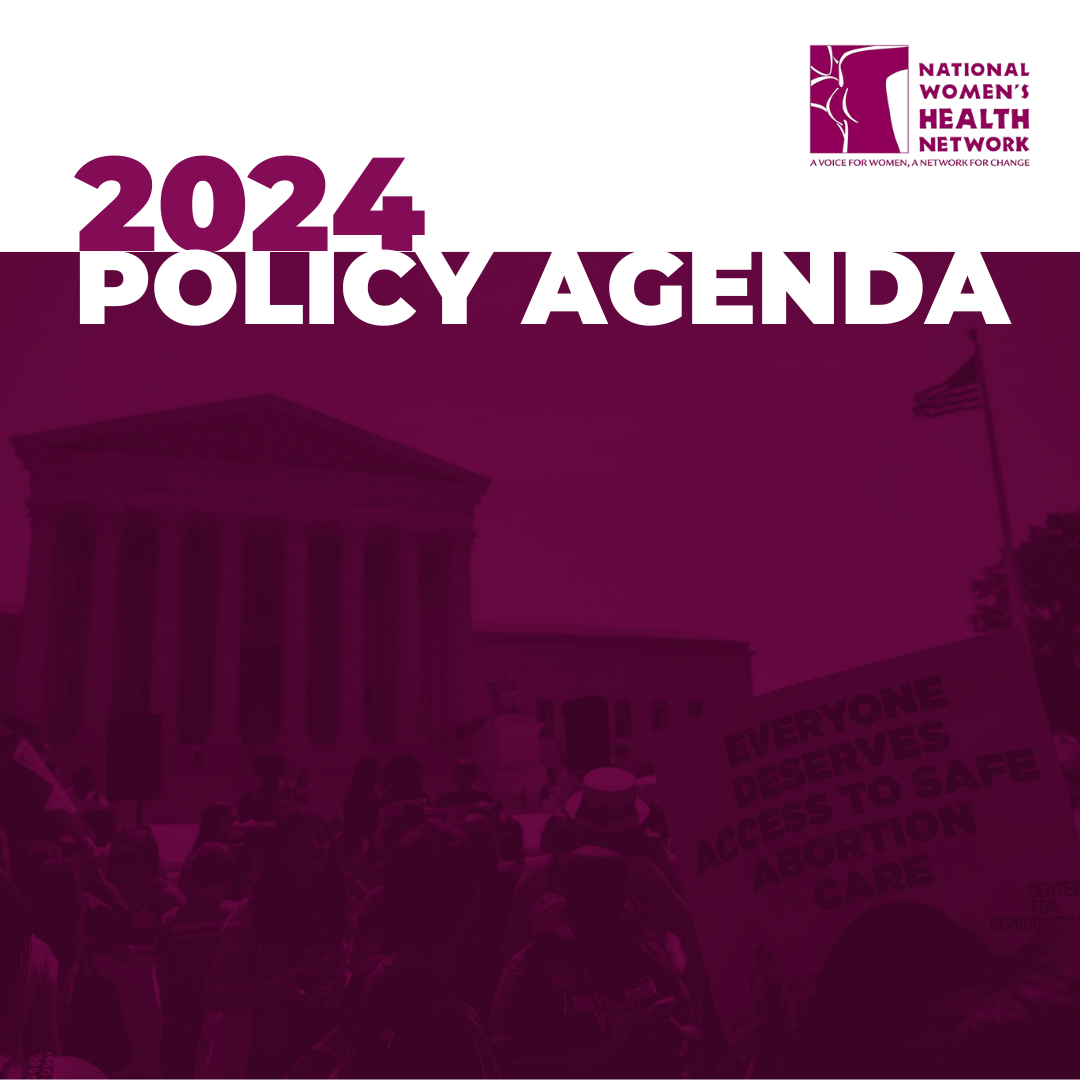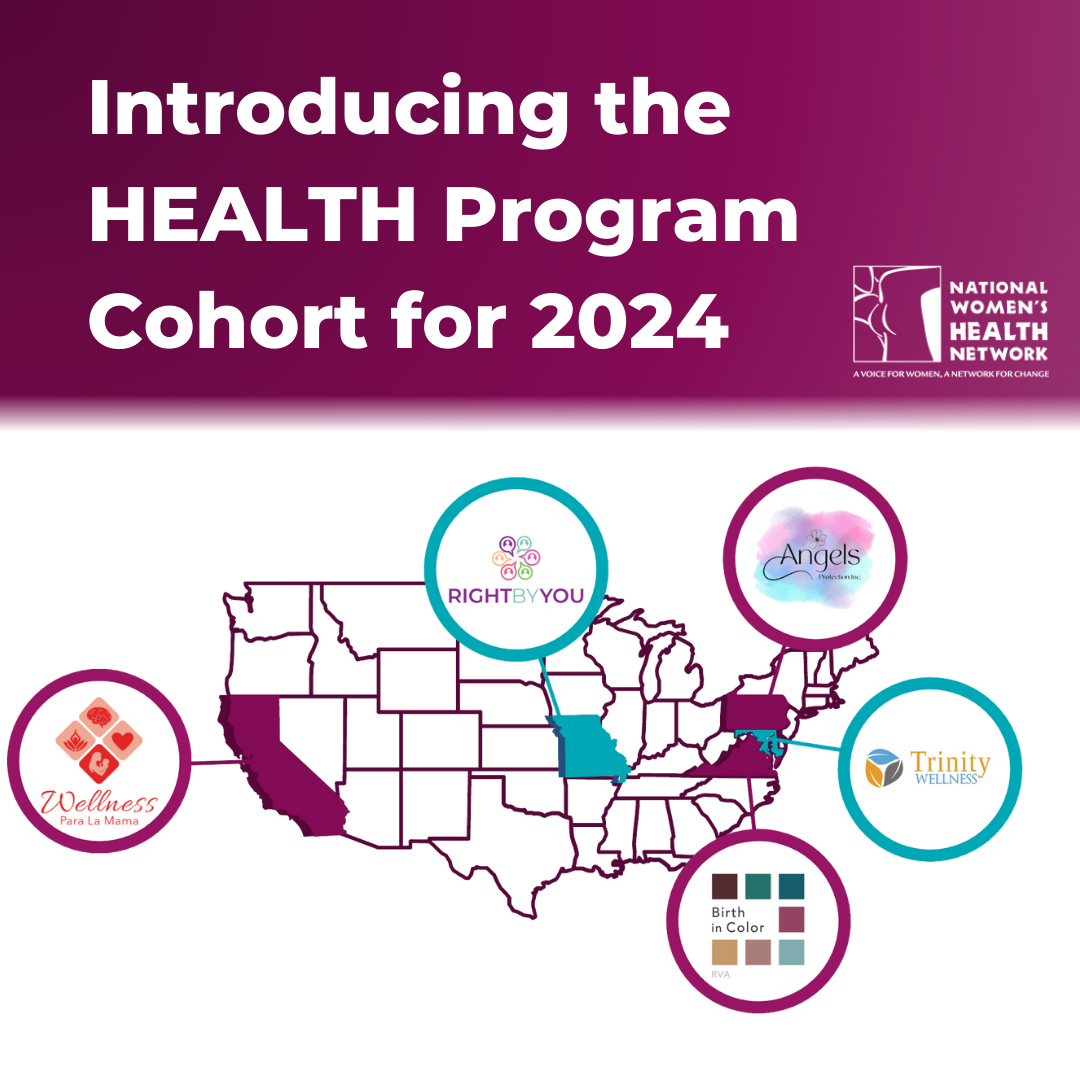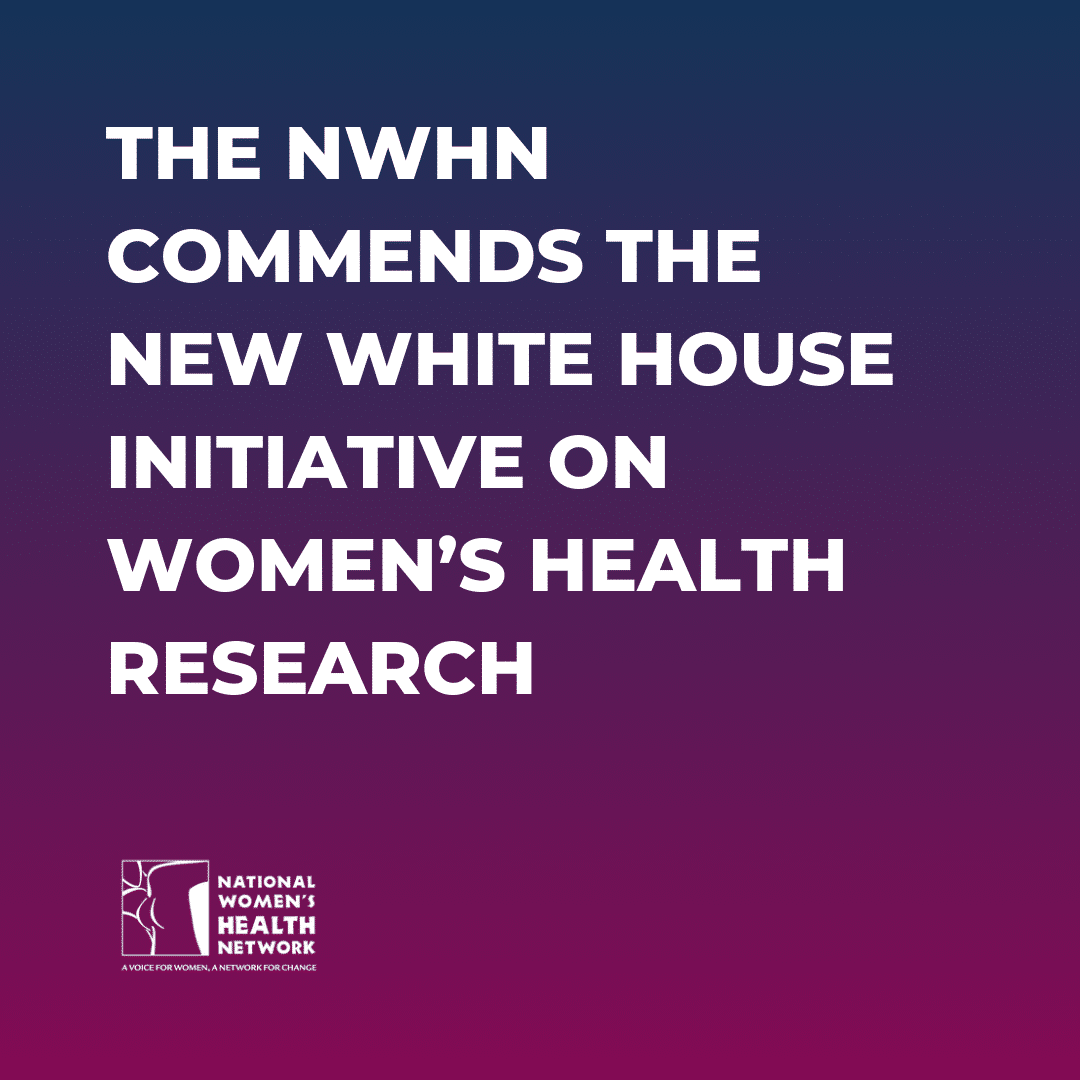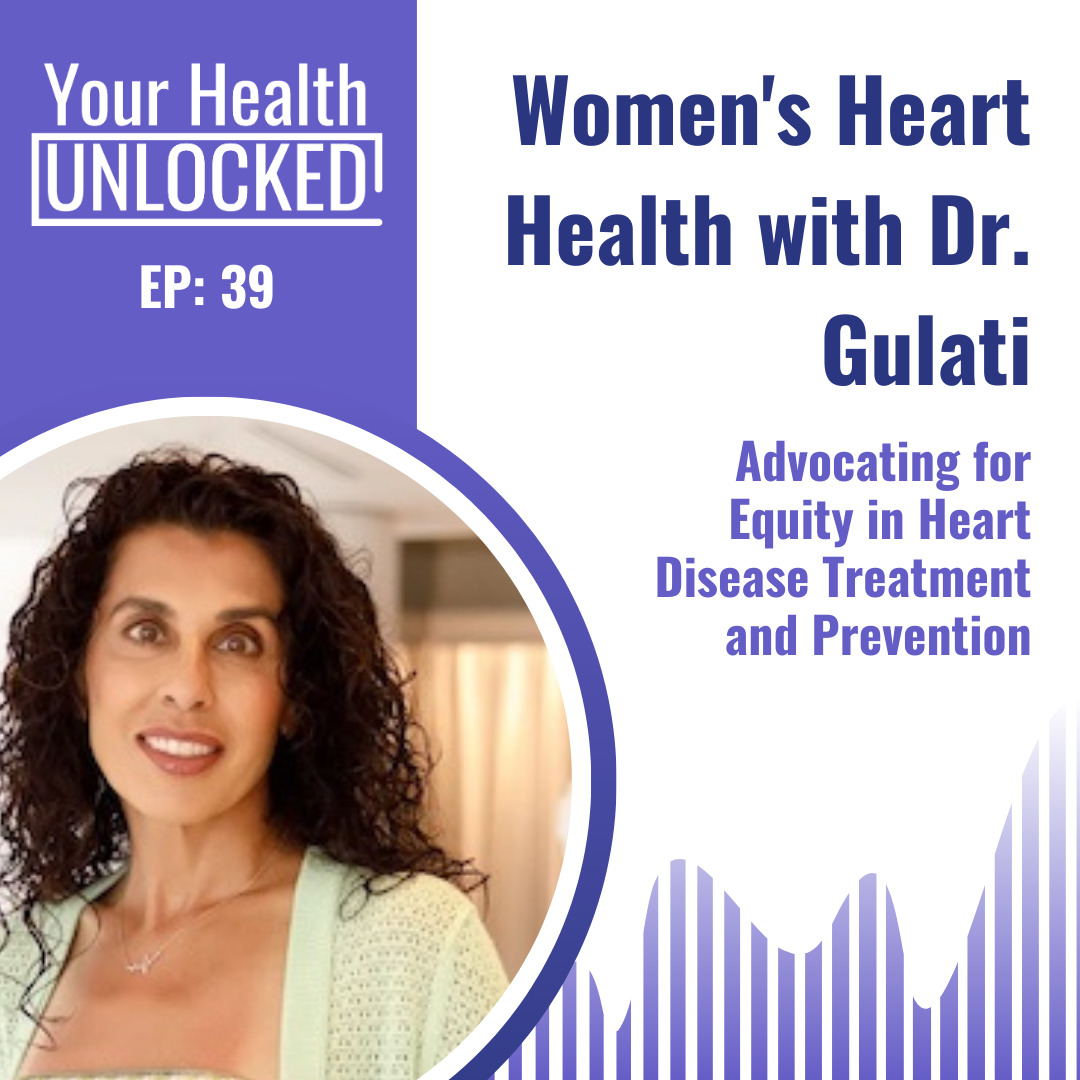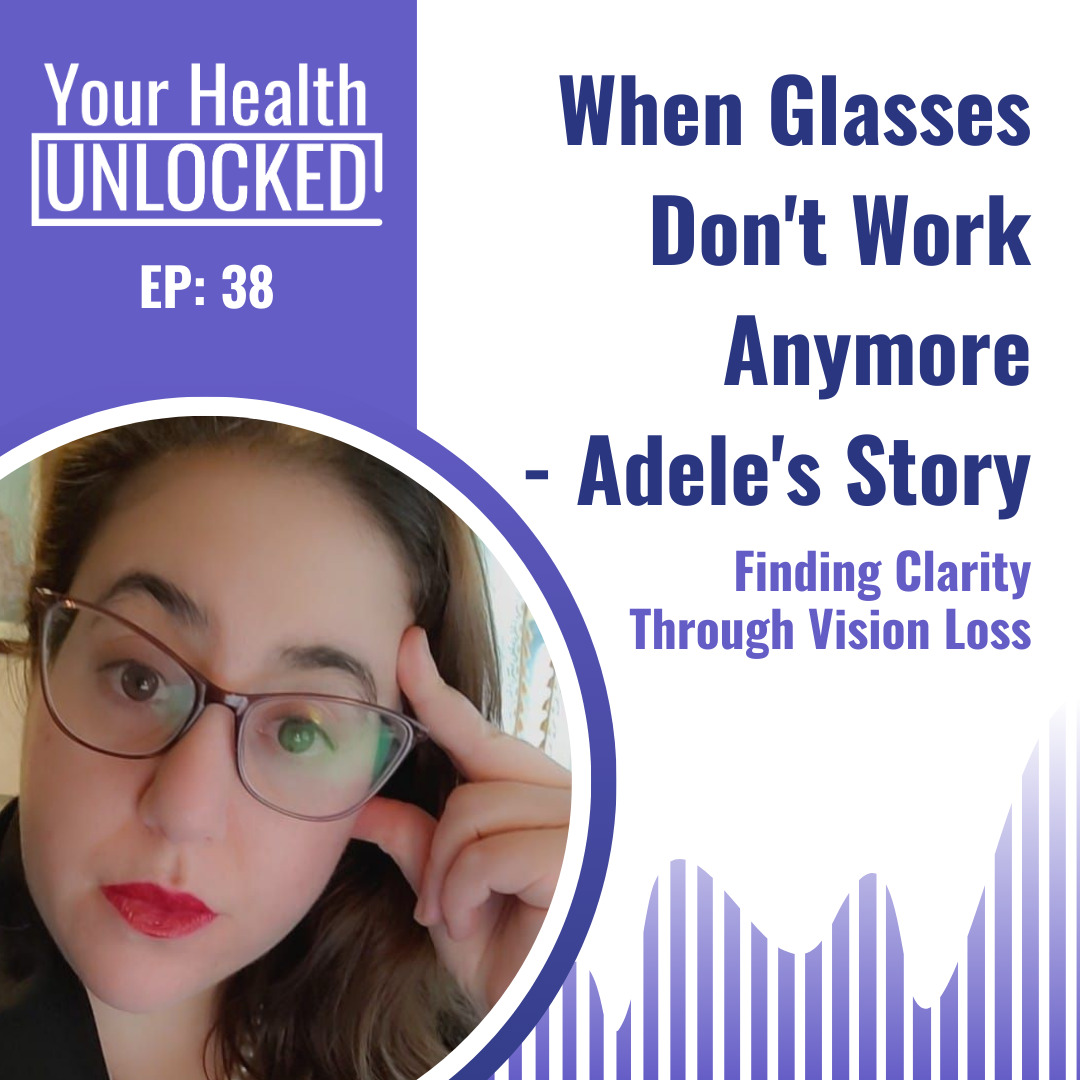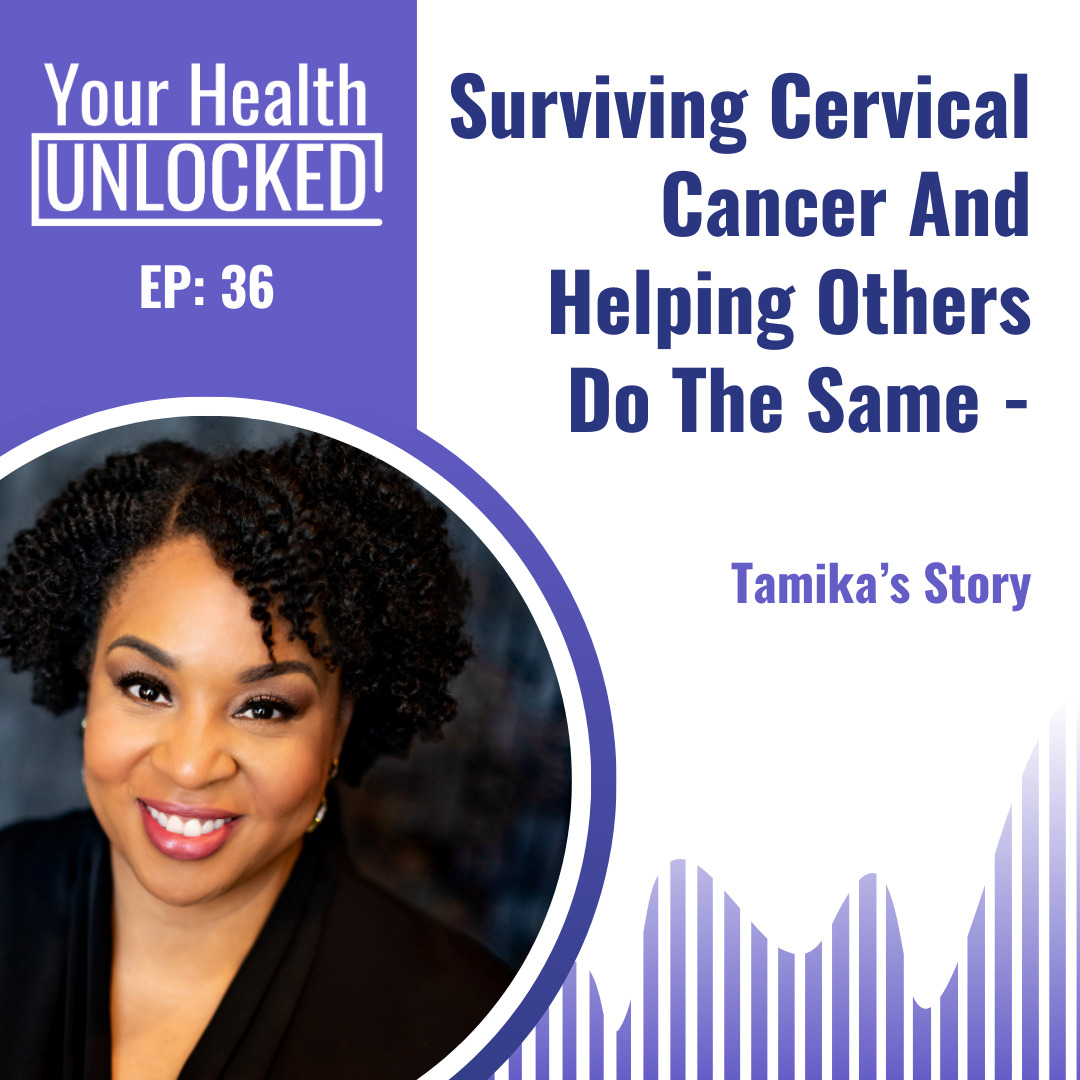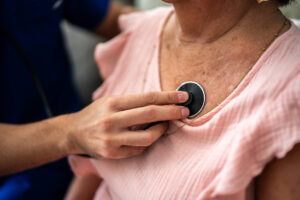Using the example from The Break-Up argument discussed earlier, Brooke could have said, (1) “I feel unappreciated (2) after I put so much work into preparing for dinner tonight. (1) I did not feel supported, and that hurts me. (3) I need to know that you care about me. I want you to take more initiative in contributing more toward chores around the house. (4) If I felt I had more help and support from you, that would help me feel more cared for, and then we can have more time to rest together.” Likewise, Gary could have said (1) “I feel unappreciated and unrecognized for the contributions I bring to the relationship. (2) I feel that my efforts are viewed as not being good enough, and that hurts me. I feel exhausted after working today, and (3) I need to rest for a little while. (4) After I rest for an hour, I will feel more energized and will be able to do my share of the housework.” After either partner’s ‘I’ statements, the other partner could effectively respond by paraphrasing what the other said to be sure they understood, and then providing their partner with words of affirmation to begin by reassuring them that they are cared for and appreciated. But words are not enough. In healthy relationships, words are backed by action.
Second, healthy relationships require compromises. There are times in a relationship when you and your partner’s wants/needs are conflicting or don’t align well. A good compromise takes into account both partners’ needs and/or wants, and leaves both partners feeling respected, valued, and understood, even if they do not get their way. When compromising, needs should come before wants. A need in a relationship is something that is necessary in order to feel emotionally and physically secure in a relationship. A want in a relationship are things that bring enhancement to the relationship, but are not essential to feeling secure. For example, feeling supported in a relationship is a need, but how a partner feels supported (e.g., by words of affirmation, or acts of service, etc.) may be a want. Once you identify the need, you can start to let go of your want to create more room for flexibility and compromise to receive what you need.
Third, healthy relationships still have arguments and heated moments of intense negative emotions. This is normal! One of my pet peeves as a couples therapist is seeing social media posts and TikToks about how “healthy relationships don’t require work,” or “healthy relationships aren’t hard,” or my favorite (read: sarcasm), “healthy couples don’t argue.” NONSENSE! Relationships do take work, and can be hard sometimes! And that’s okay. It shouldn’t always be hard, but it is very normal for it to be hard sometimes. Life is hard, and arguing is inevitable. Not only is it inevitable, but I strongly believe it provides opportunities for growth. When you argue with your partner, you are addressing a problem in the relationship. That’s a good thing. Problems need to be addressed, so that they can be resolved. And what happens when they get resolved? If done effectively and respectfully, you create a more satisfying relationship. Moreover, through the process, chances are you are also learning more about your partner, strengthening your bond, and growing as people. But, in order to be effective and respectful, you need to have a clear mind, and not let emotions get the best of you. To do this, I like to have my couples use the STOP skill from Dialectical Behavioral Therapy (2):
- Stop what you are doing as soon as you notice intense negative emotions creeping up.
- Then, Take a time out, take a step back, and practice deep breathing. Do what you need to self-soothe by practicing healthy coping mechanisms such as mindfulness or exercising.
- Once you start to feel more relaxed, Observe what you are thinking and feeling, what you are reacting to, what your partner is thinking and feeling, and what your goals are in this situation.
- Lastly, when you are both ready, Proceed by re-engaging in the argument using the “I” statements and maintaining respectful and effective communication (i.e., no yelling, name calling, criticism, or defensiveness).
Using this skill would have saved Brooke from acting on her emotions impulsively and saying things she didn’t mean to say. It could have given both partners a chance to cool off and resolve their issues and move towards their goals and each other, rather than move apart.
Finally, healthy relationships require balance and equality. In the heat of their argument, Brooke reveals she feels a great imbalance in their relationship in which she believes she is contributing far more to the relationship and doing more work than Gary. Gary feels dismissed for his contributions as he defends himself by reminding her of the financial contributions he makes to the relationship. However this is not what Brooke is talking about. She is describing the imbalance that many women I work with experience in their relationship. I believe a reason for this is the longstanding impact of stereotypical gender roles, in which traditionally, women ran the household, taking care of all responsibilities while the men worked their 9-5s. This may have worked in a bygone era, but it is now outdated and creates an unfair imbalance in the relationship, leading to dissatisfaction, resentment, and contempt. Now that is not to say that relationships should always be 50/50. While that’s ideal, it’s not always realistic















